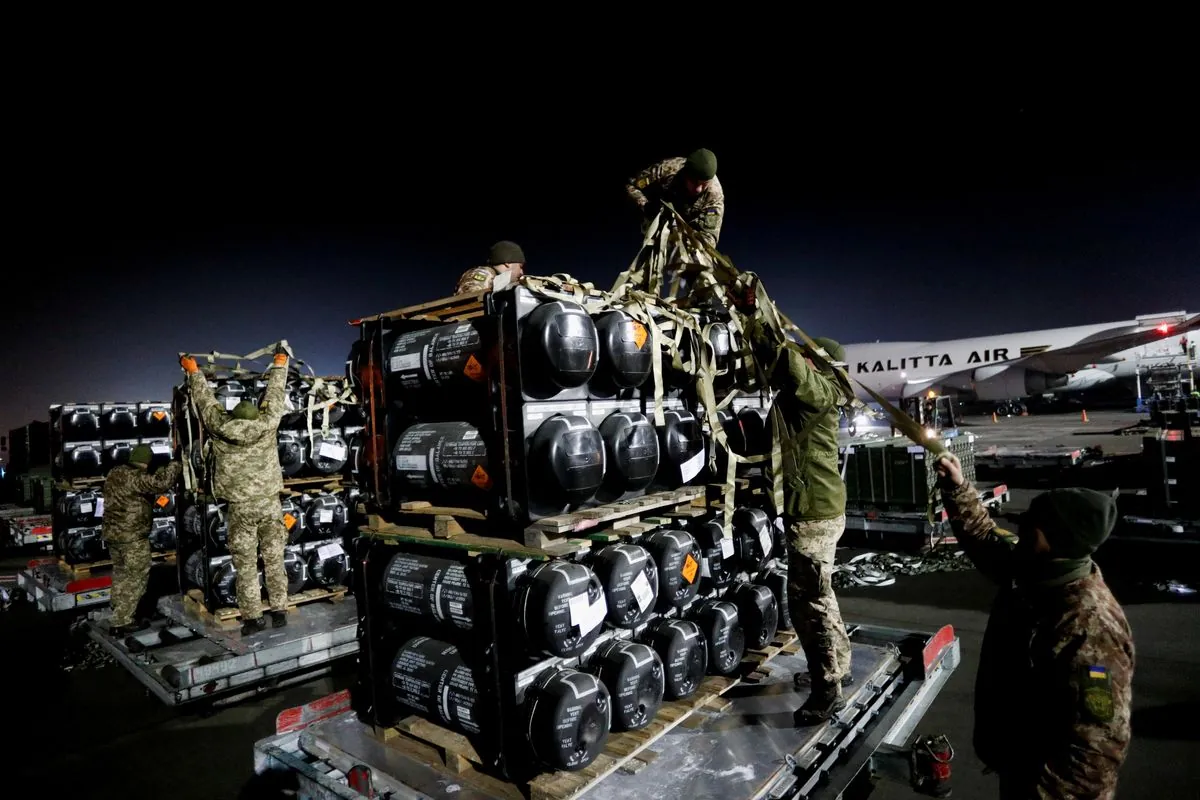The United States' approach to the ongoing conflict in Ukraine has been characterized by a cautious strategy of escalation management. This approach, while aimed at preventing the war from expanding beyond Ukraine's borders or escalating to a nuclear level, has faced increasing criticism for potentially prolonging the conflict and limiting Ukraine's ability to defend itself effectively.
Joe Biden's administration has consistently maintained a policy of providing diplomatic, economic, and security assistance to Ukraine while avoiding direct involvement of US or NATO forces. This strategy has manifested in a series of carefully measured steps, including sanctions against Russia and weapons supplies to Ukraine. However, the implementation of this policy has been marked by significant delays and hesitations in arms deliveries, which cannot be solely attributed to technical factors.
A pattern of political hesitation by the White House has emerged, particularly regarding the authorization of longer-range missiles and combat aircraft deliveries. Additionally, restrictions have been placed on the use of Western weapons against military targets within Russia. These limitations define Washington's escalation management approach, effectively placing tight constraints on Ukraine's prosecution of the war.
The US strategy has also influenced its European allies, with Washington often vetoing or delaying proposed weapons deliveries and overruling objections to targeting restrictions. This approach has led to disagreements among NATO member states, with Northern and Central European allies frequently advocating for more decisive assistance to Ukraine.
"The Europeans were trying to build a new consensus before moving forward, with the position in Washington being crucial."
The evolution of the US position on strikes into Russian territory illustrates the gradual nature of Washington's escalation management approach. Initially, Ukraine was only permitted to fight within its borders at rocket-launcher range. Over time, this has expanded to allow strikes into Russia's border regions, but deep strikes into Russia remain prohibited. This slow progression has been criticized as detrimental to Ukraine's defense efforts.
Crucially, the fear of escalation that underpins this approach may be unfounded. Ukraine has launched several drone strikes deep into Russian territory, including attacks on oil refineries, without triggering significant escalation from Russia. This suggests that the US algorithm for managing escalation may be overly cautious and fails to adapt to new information.
The focus on target distance as a key variable in determining assistance levels has been criticized for overlooking the importance of the air war. Russian airstrikes on Ukrainian infrastructure and cities have had a significant impact on the conflict, yet US assistance in air defense and fighter jet provision has been limited.
Experts argue that a shift from escalation management to threat removal would be more effective. This approach would involve allowing Ukraine to conduct deep strikes into Russia using all available means, targeting Russian launch capabilities and military infrastructure. The goal would be to demolish the means Russia uses to attack Ukraine, rather than simply managing the level of conflict.
The current US approach has been costly for Ukraine in terms of lives lost and time given to Russia to improve its military capabilities. Critics argue that it has failed to secure a Russian defeat and may be generating an even more dangerous Russian war machine.
A new Western framing for the war is proposed, with the goal of ending the conflict with Russia feeling both beaten and deterred. This would involve deepening support for Ukraine to liberate all its territory, including Crimea and the Donbas, and ensuring Ukraine can deter future Russian aggression.
In conclusion, the US strategy of escalation management in the Ukraine conflict has shown significant limitations. A shift towards a more proactive threat removal approach, coupled with a clear political goal of Russian defeat and deterrence, may be necessary to achieve long-term peace in Europe. As the situation evolves, it remains to be seen whether Washington will adapt its algorithm to meet the challenges of this complex conflict.
